U.S. Treasury Yields Go Negative Everywhere But Here - John Rubino
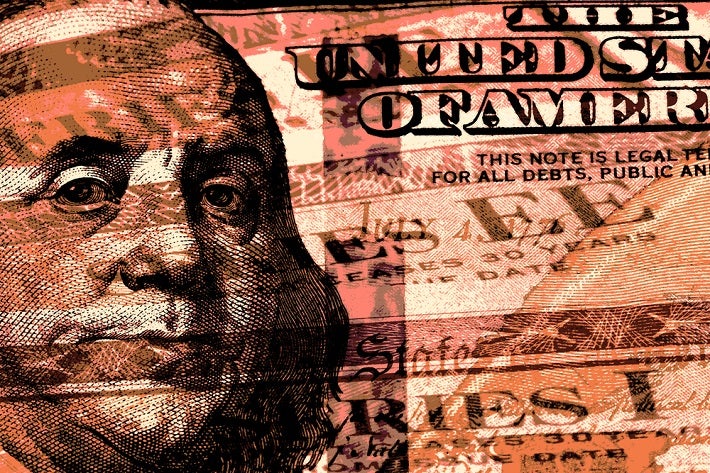
August 9, 2016
Negative interest rates are an existential threat for insurance companies, pension funds and other financial entities that need positive investment returns to survive.
As rates on government bonds have gone negative in Europe and Japan, the above companies have been big buyers of US Treasury bonds, which still (for some reason) continue to offer positive yields.
But according to a Bloomberg analysis published today, Treasuries’ positive yield has recently evaporated when the cost of hedging currency fluctuations is included. Here’s an excerpt:
Bond Market’s Big Illusion Revealed as U.S. Yields Turn Negative
For Kaoru Sekiai, getting steady returns for his pension clients in Japan used to be simple: buy U.S. Treasuries. Compared with his low-risk options at home, like Japanese government bonds, Treasuries have long offered the highest yields around. And that’s been the case even after accounting for the cost to hedge against the dollar’s ups and downs — a common practice for institutions that invest internationally.
It’s been a “no-brainer since forever,” said Sekiai, a money manager at Tokyo-based DIAM Co., which oversees about $166 billion.
That truism is now a thing of the past. Last month, yields on U.S. 10-year notes turned negative for Japanese buyers who pay to eliminate currency fluctuations from their returns, something that hasn’t happened since the financial crisis. It’s even worse for euro-based investors, who are locking in sub-zero returns on Treasuries for the first time in history.

That quirk means the longstanding notion of the U.S. as a respite from negative yields in Japan and Europe is little more than an illusion. With everyone from Jeffrey Gundlach to Bill Gross warning of a bubble in bonds, it could ultimately upend the record foreign demand for Treasuries, which has underpinned their seemingly unstoppable gains in recent years.
“People like a simple narrative,” said Jeffrey Rosenberg, the chief investment strategist for fixed income at BlackRock Inc., which oversees $4.6 trillion. “But there isn’t a free lunch. You can’t simply talk about yield differentials without talking about currency differentials.”
Ten-year yields in the U.S. are currently about 0.23 percentage point below a basket of bonds from Australia, France, Germany, Italy, Japan, Spain and Switzerland on a hedged basis, versus 1.4 percentage points above on an unhedged basis, according to data compiled by BlackRock. At the start of the year, hedged Treasuries yielded over a half-percentage point more.
In Japan, where 10-year government bonds yield less than zero, the advantage for Treasuries has dwindled from a percentage point at the start of the year to less than 0.1 percentage point now. Without much added value for overseas investors, it’s harder to see foreign demand driving Treasuries to new records, especially as the Federal Reserve moves toward gradually raising rates.
For a large swathe of institutional investors, especially those with conservative mandates, hedging is the norm when they go abroad. It eliminates the need to worry about the daily ebbs and flows in exchange rates and how that might affect their returns. When it comes to Treasuries, overseas buyers usually lock in a fixed exchange rate on the interest payments they get in dollars.
Conversion Costs
In that trade, the cost to convert payments from one currency to another is determined by the cross-currency basis swap. Take Japanese insurers as an example. Under normal circumstances, they would swap their yen for dollars and get interest on the yen they loaned out over the course of the contract.
But now, because the rate has turned negative, they’re effectively paying interest to lend the yen, which eats into their bond returns. That’s on top of the Libor rate they’ll need to pay for borrowing the dollars, which currently stands at 0.79 percent over three months.
The basis, as it’s known, was at minus 0.6425 percentage point for yen-based investors, which is close to the most expensive in five years. For those with euros, the basis is minus 0.43 percentage point. That’s more than twice as costly as the average over the past three years.

“We’re at a point now where investors have to start thinking about this,” said Sachin Gupta, a foreign-bond fund manager at Pimco, which oversees $1.51 trillion. “As the cost of hedging rises to such an extent, there’s no extra carry to be had. That itself will slow down the demand — and, at some point, even reverse the demand — for Treasuries.”
What does this mean? Several things, all of them bad for pension funds and insurance companies – and maybe the US government.
Now that US Treasuries yield no more in Japan and Europe than local government bonds, conservative institutions will have to either find a way to live with zero returns on their fixed income portfolios (which for most of them is not possible) or go further out on the risk spectrum by buying corporate rather than government bonds. This is already happening, leading corporations to offer the more-hungry-than-usual markets a tsunami of new bond issues. See No Summer Slowdown in Bond Market as August Sales Set Record.
Corporations were already being suckered into over-borrowing in order to buy back their shares (thus temporarily raising the share price and by extension the year-end bonuses of the executives pursing that policy – neat, huh?). Now they’re being further corrupted by European and Japanese investors desperate for yield and therefore willing to overlook the inherent risks of peak-of-the-business-cycle corporate bonds.
The result? A year in which corporations leverage themselves to unprecedented levels and then proceed to waste a big part of their cash on buying back their own shares at record high prices, buying out their competitors (also at record high prices) and paying bonuses to their executives – because why not, the money’s just sitting there earning nothing.
The secondary result? A financial crisis that starts with insurance companies, pension funds and banks and roars through over-leveraged corporations and their national governments.
 |
John Rubino runs the popular financial website DollarCollapse.com. He is co-author, with GoldMoney’s James Turk, of The Money Bubble (DollarCollapse Press, 2014) and The Collapse of the Dollar and How to Profit From It (Doubleday, 2007), and author of Clean Money: Picking Winners in the Green-Tech Boom (Wiley, 2008), How to Profit from the Coming Real Estate Bust (Rodale, 2003) and Main Street, Not Wall Street(Morrow, 1998). After earning a Finance MBA from New York University, he spent the 1980s on Wall Street, as a Eurodollar trader, equity analyst and junk bond analyst. During the 1990s he was a featured columnist with TheStreet.com and a frequent contributor to Individual Investor, Online Investor, and Consumers Digest, among many other publications. He currently writes for CFA Magazine. |
The author is not affiliated with, endorsed or sponsored by Sprott Money Ltd. The views and opinions expressed in this material are those of the author or guest speaker, are subject to change and may not necessarily reflect the opinions of Sprott Money Ltd. Sprott Money does not guarantee the accuracy, completeness, timeliness and reliability of the information or any results from its use.
Don’t miss a golden opportunity.
Now that you’ve gained a deeper understanding about gold, it’s time to browse our selection of gold bars, coins, or exclusive Sprott Gold wafers.
About Sprott Money
Specializing in the sale of bullion, bullion storage and precious metals registered investments, there’s a reason Sprott Money is called “The Most Trusted Name in Precious Metals”.
Since 2008, our customers have trusted us to provide guidance, education, and superior customer service as we help build their holdings in precious metals—no matter the size of the portfolio. Chairman, Eric Sprott, and President, Larisa Sprott, are proud to head up one of the most well-known and reputable precious metal firms in North America. Learn more about Sprott Money.
Learn More
You Might Also Like:



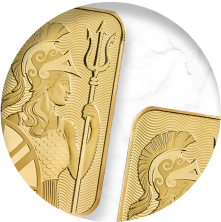
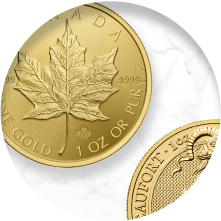
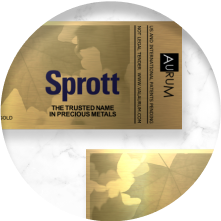
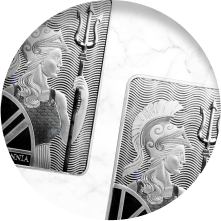
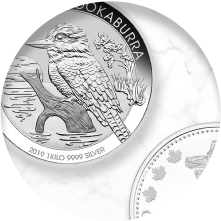
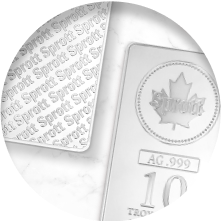

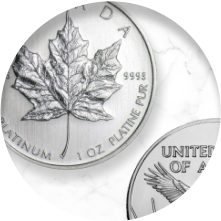

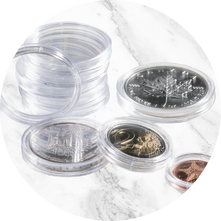
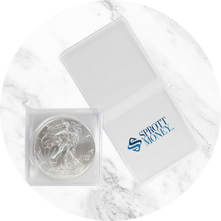
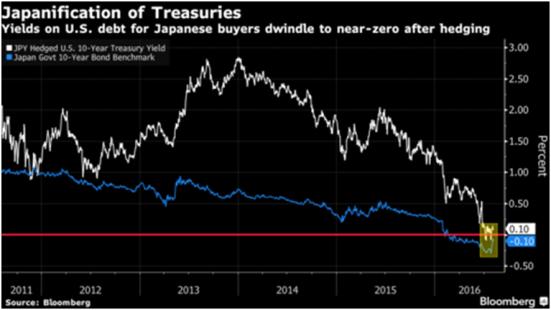



Looks like there are no comments yet.